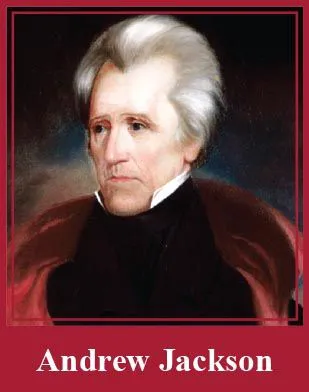
eBook - ePub
American History 1
This is a test
Buch teilen
- 4 Seiten
- English
- ePUB (handyfreundlich)
- Über iOS und Android verfügbar
eBook - ePub
American History 1
Angaben zum Buch
Buchvorschau
Inhaltsverzeichnis
Quellenangaben
Über dieses Buch
Prepare for your history exams or learn more about key events in American history with BarCharts' updated and expanded American History 1 QuickStudy® guide. Detailing the discovery and settlement of the New World up through the Civil War and Reconstruction, this guide features timelines grouped by historical theme to give you a concise outline of major events in American history through multiple perspectives.
Häufig gestellte Fragen
Wie kann ich mein Abo kündigen?
Gehe einfach zum Kontobereich in den Einstellungen und klicke auf „Abo kündigen“ – ganz einfach. Nachdem du gekündigt hast, bleibt deine Mitgliedschaft für den verbleibenden Abozeitraum, den du bereits bezahlt hast, aktiv. Mehr Informationen hier.
(Wie) Kann ich Bücher herunterladen?
Derzeit stehen all unsere auf Mobilgeräte reagierenden ePub-Bücher zum Download über die App zur Verfügung. Die meisten unserer PDFs stehen ebenfalls zum Download bereit; wir arbeiten daran, auch die übrigen PDFs zum Download anzubieten, bei denen dies aktuell noch nicht möglich ist. Weitere Informationen hier.
Welcher Unterschied besteht bei den Preisen zwischen den Aboplänen?
Mit beiden Aboplänen erhältst du vollen Zugang zur Bibliothek und allen Funktionen von Perlego. Die einzigen Unterschiede bestehen im Preis und dem Abozeitraum: Mit dem Jahresabo sparst du auf 12 Monate gerechnet im Vergleich zum Monatsabo rund 30 %.
Was ist Perlego?
Wir sind ein Online-Abodienst für Lehrbücher, bei dem du für weniger als den Preis eines einzelnen Buches pro Monat Zugang zu einer ganzen Online-Bibliothek erhältst. Mit über 1 Million Büchern zu über 1.000 verschiedenen Themen haben wir bestimmt alles, was du brauchst! Weitere Informationen hier.
Unterstützt Perlego Text-zu-Sprache?
Achte auf das Symbol zum Vorlesen in deinem nächsten Buch, um zu sehen, ob du es dir auch anhören kannst. Bei diesem Tool wird dir Text laut vorgelesen, wobei der Text beim Vorlesen auch grafisch hervorgehoben wird. Du kannst das Vorlesen jederzeit anhalten, beschleunigen und verlangsamen. Weitere Informationen hier.
Ist American History 1 als Online-PDF/ePub verfügbar?
Ja, du hast Zugang zu American History 1 von im PDF- und/oder ePub-Format sowie zu anderen beliebten Büchern aus Histoire & Histoire du monde. Aus unserem Katalog stehen dir über 1 Million Bücher zur Verfügung.
Information
Thema
HistoireThema
Histoire du monde
The Age of Jackson, 1824–1848
| 1824 |
|
| 1825 |
|
| 1826 | The disappearance and presumed murder of apostate Freemason William Morgan touches off an anti- Mason movement.
|
| 1828 | 
|
| 1829 | President Jackson begins the so-called spoils system of appointing federal officials.
|
| 1830 |
|
| 1831 |
|
| 1832 |
|
| 1833 |
|
| 1834 | Anti-Jackson forces coalesce into the Whig Party. |
| 1835 |
|
| 1836 | 
|
| 1837 |
|
| 1838 | The Trail of Tears begins, leading to the deaths of more than 4,000 Indians forcibly removed westward. |
| 1839 | The Panic of 1839 plunges an already weak economy into a deep recession lasting until 1843. |
| 1840 | Mimicking Democrat tactics, Whig William Henry Harrison (OH) ... |